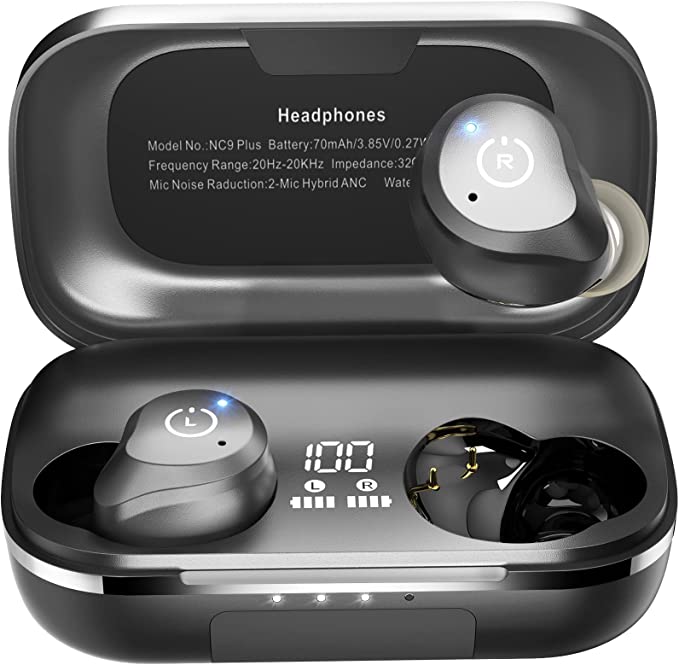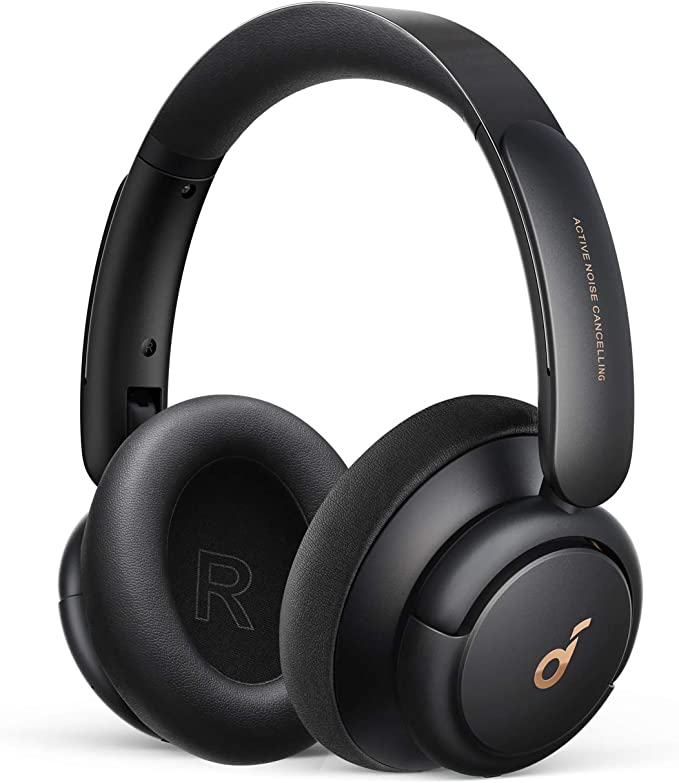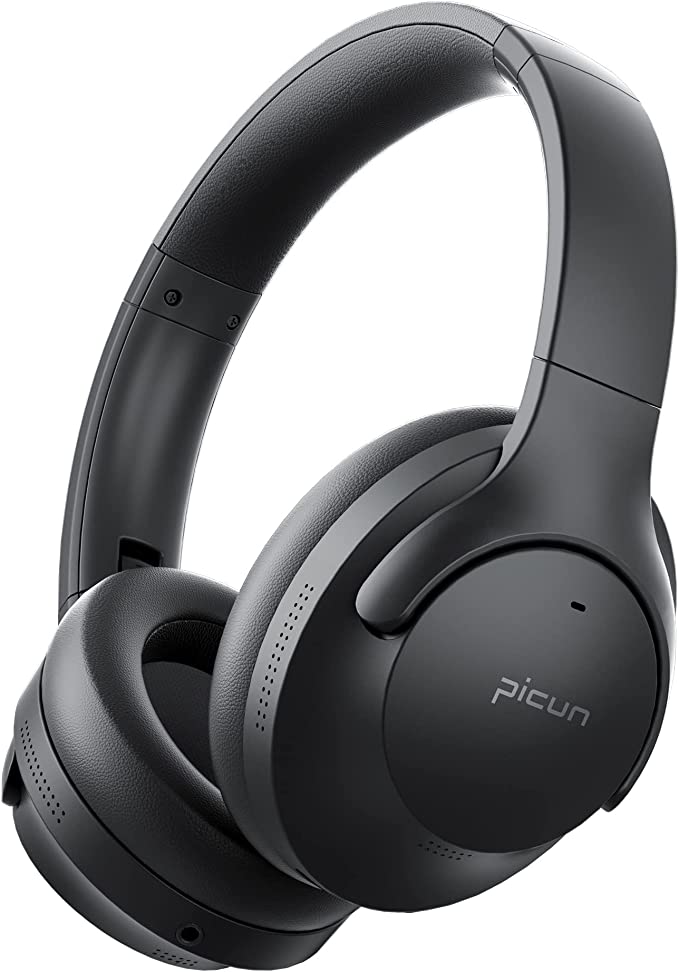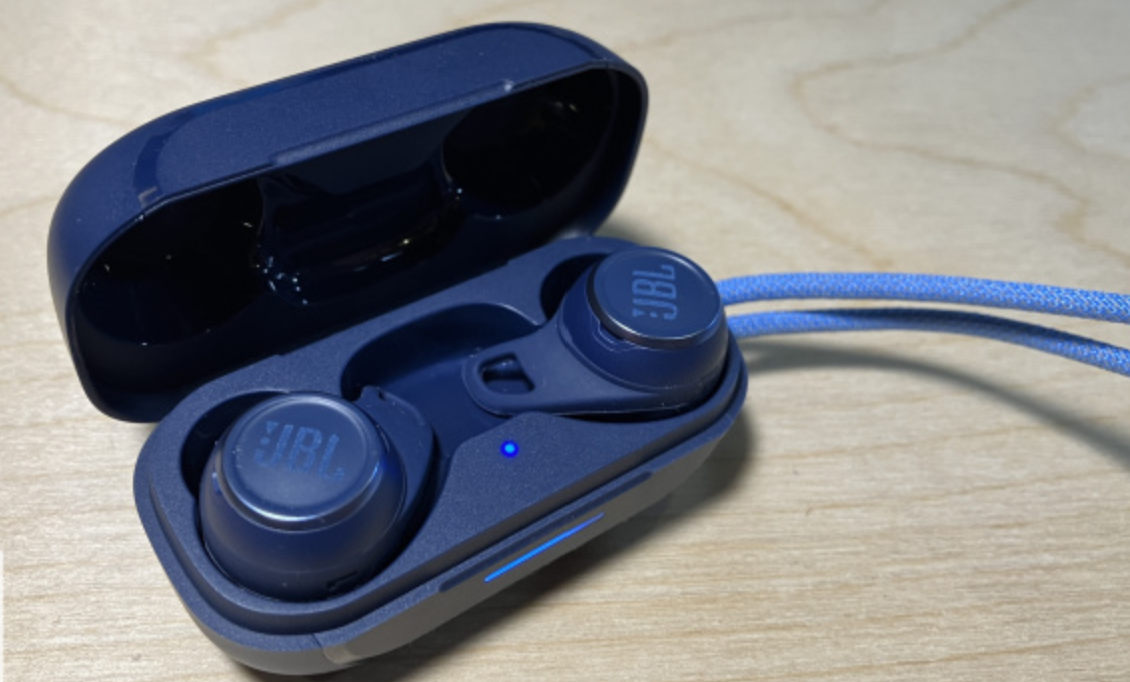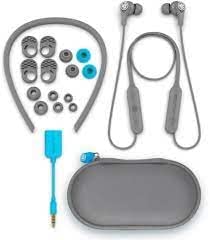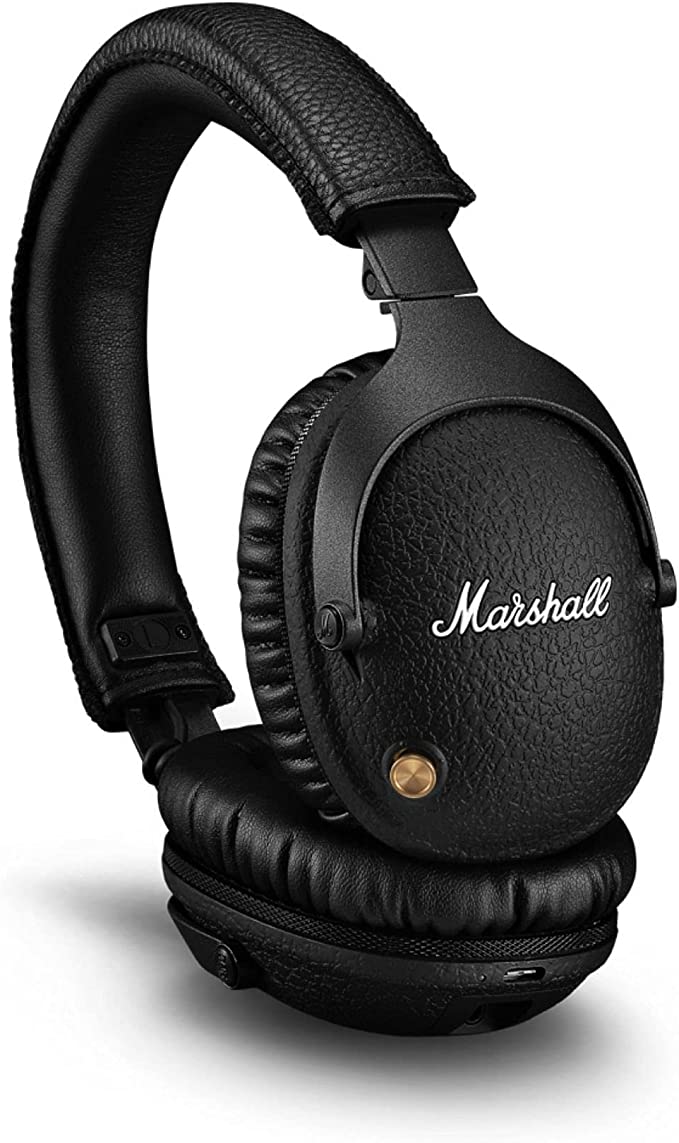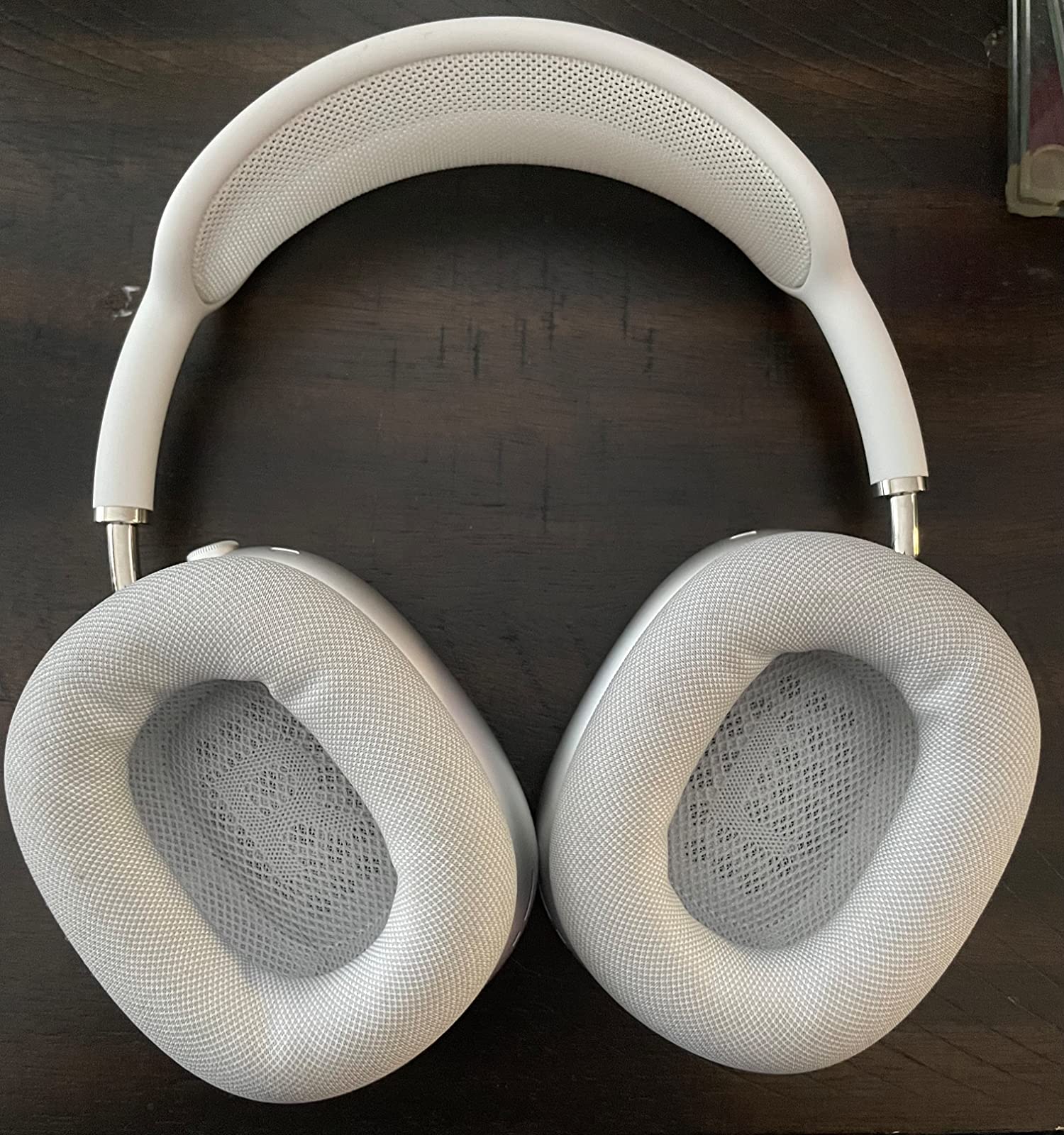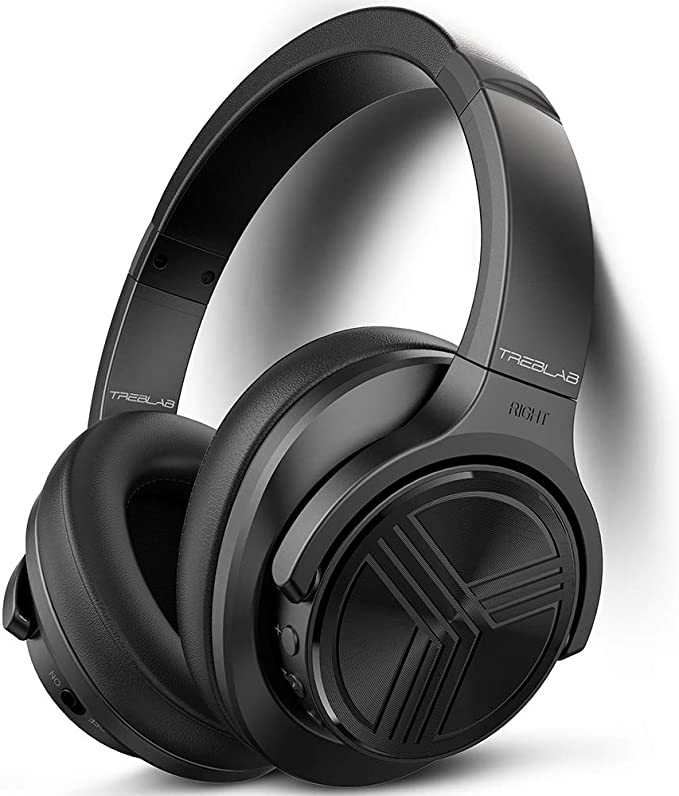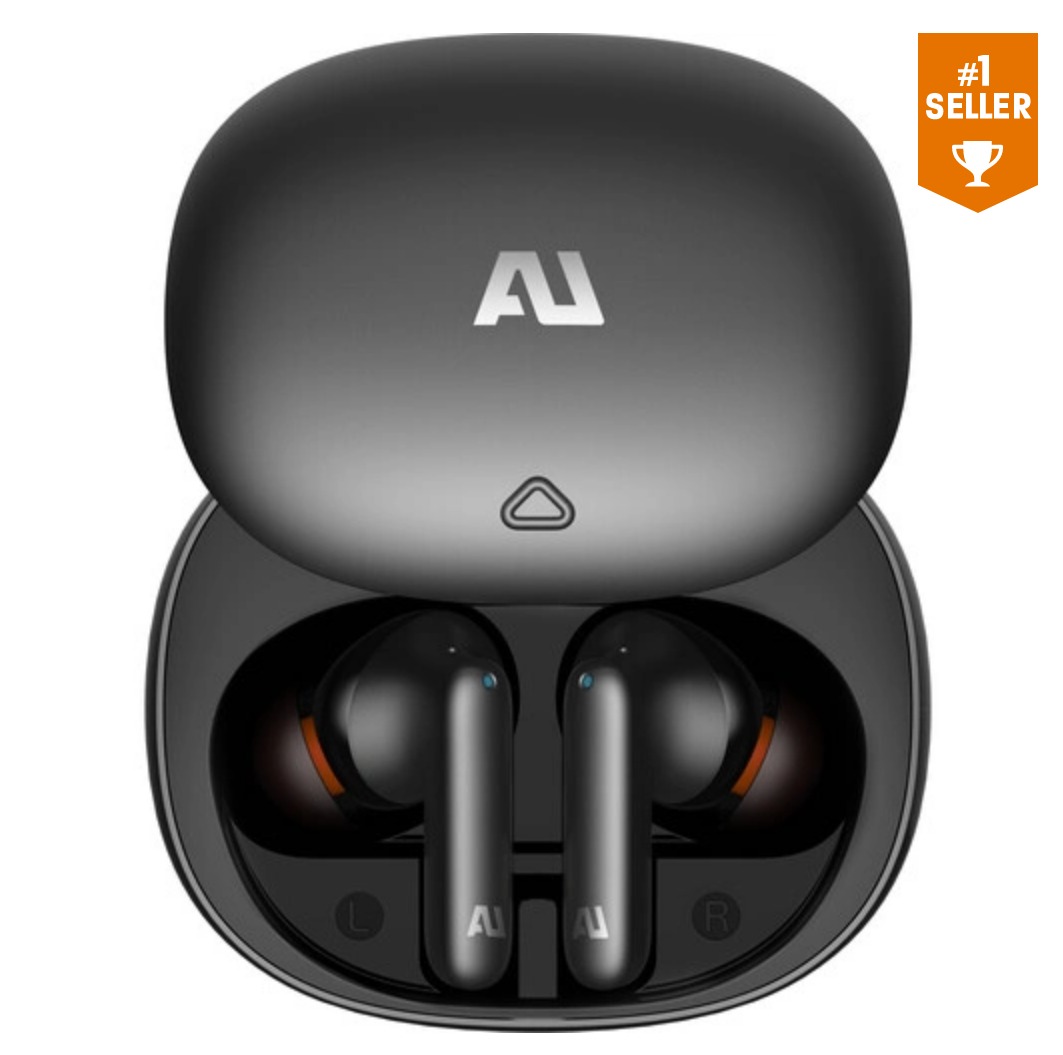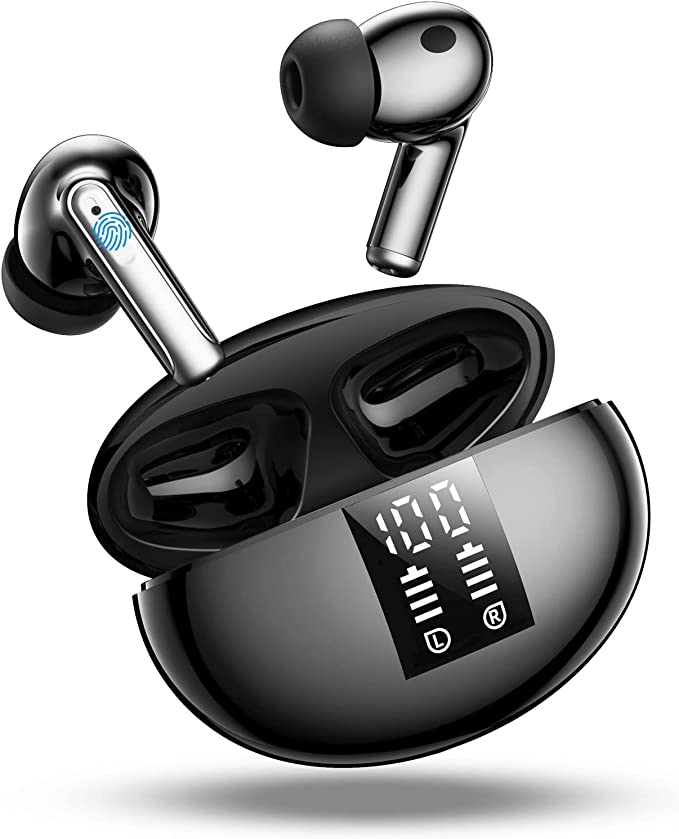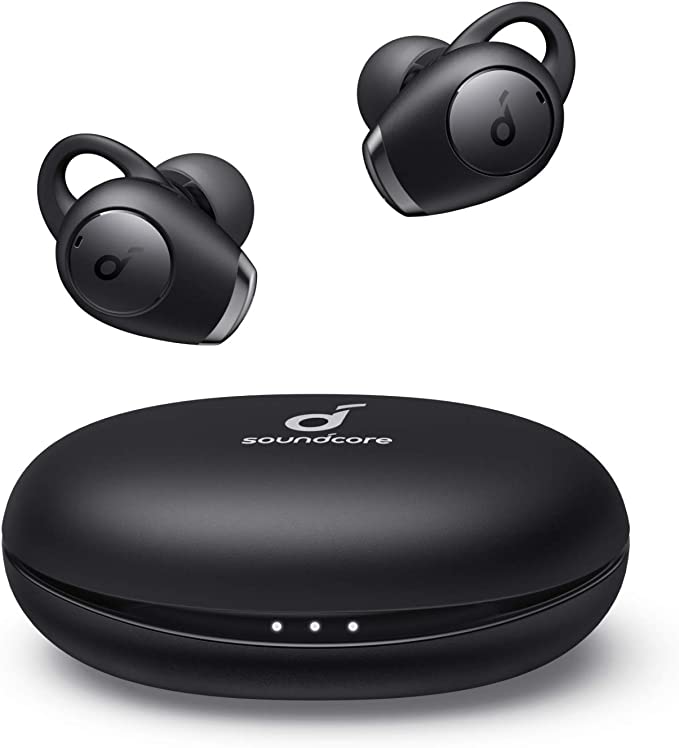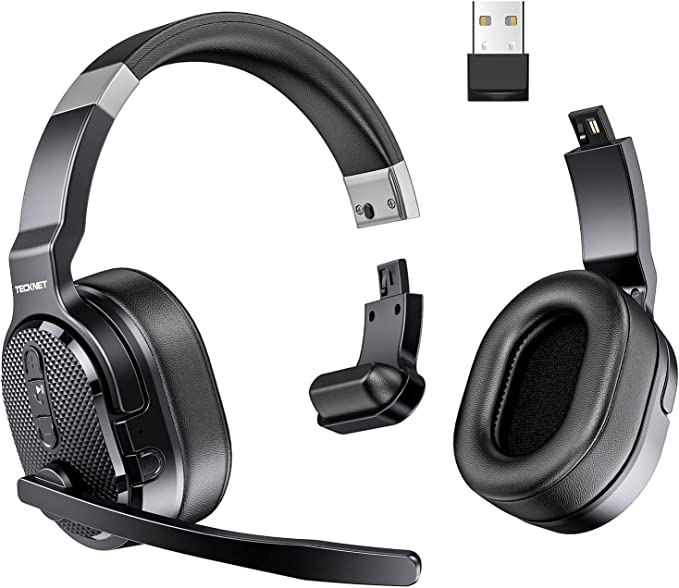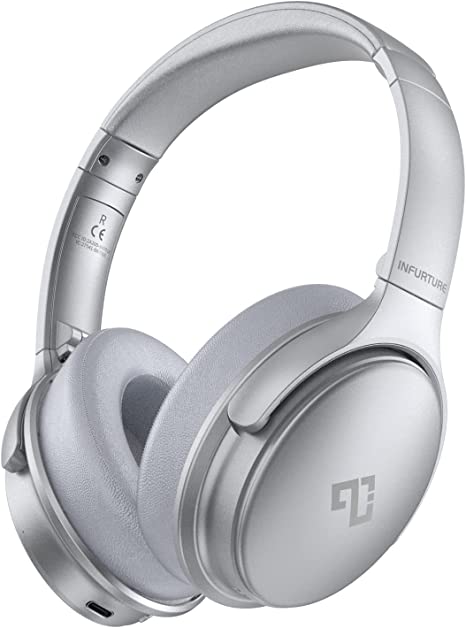JBL Tune 760NC: Escape the Noise with Active Noise Cancellation
Update on Aug. 25, 2025, 8:27 a.m.
The world is a relentless symphony of noise. It’s the low, gut-rumbling drone of the airplane cabin, the chaotic chorus of a city street, the incessant hum of an open-plan office. In our modern lives, true silence has become a luxury, a fleeting moment we chase. We have learned to live with this sonic intrusion, to tune it out mentally, but what if we could do more? What if we could simply press a button and, like a conductor silencing an unruly orchestra, command the noise to fade away?
This isn’t a fantasy. It’s the everyday magic of Active Noise Cancellation (ANC), a technology that feels futuristic yet has roots reaching back nearly a century. And its journey from an impossible-sounding patent to an accessible feature in headphones like the JBL Tune 760NC is more than a story of engineering; it’s the story of a silent revolution, the democratization of quiet in a world that desperately needs it.

A Dream Written on Paper
Our story begins not in a modern tech lab, but in the 1930s. A German physicist named Paul Lueg filed a patent for a truly radical idea. He theorized that if sound travels as a wave—with peaks and troughs—one could, in theory, generate an exact opposite wave, a sort of “anti-noise.” When this new wave met the original, its peaks would align with the troughs of the noise, and vice versa. The result? They would annihilate each other in a phenomenon physicists call destructive interference. Silence, created not by blocking sound, but by adding more of it.
It was a concept of staggering elegance, but for decades, it remained just that: a concept. The electronics of the era were far too slow and clumsy to perform the instantaneous analysis and replication that Lueg’s theory demanded. The dream of active silence was shelved, waiting for a technological dawn.

A Solution Takes Flight
That dawn broke in a place where noise wasn’t just an annoyance, but a debilitating force: the cockpit of an airplane. In the late 1970s, Dr. Amar Bose, frustrated by the deafening roar during a flight that rendered his airline-provided headphones useless, revisited Lueg’s core idea. With the advent of microelectronics, he realized the dream might finally be within reach. His company poured resources into the problem, eventually creating the first commercially successful active noise-reducing headsets for aviators.
For years, ANC remained the exclusive domain of pilots and, later, first-class passengers. It was a high-tech shield against the world, a symbol of privilege. The silence it provided was profound, but it came at a price few could afford. The revolution was still waiting for its pivotal moment.
The Digital Conductor in Your Ear
The true catalyst for change was the rise of the Digital Signal Processor (DSP)—a tiny, hyper-efficient computer chip designed for one purpose: to manipulate real-world signals like sound at incredible speeds. The DSP was the missing piece of Lueg’s puzzle. It was the lightning-fast conductor the orchestra of silence had been waiting for.
This is the technology at the heart of the JBL Tune 760NC. Here’s how it wages its war on noise:
First, an outward-facing microphone on the earcup acts as a scout, capturing ambient sound a fraction of a second before it reaches your ear. This is known as a feedforward system. That captured sound is instantly converted into a digital signal and fed to the DSP. The DSP, a marvel of miniaturization, performs a complex mathematical operation—a form of Fourier analysis—to understand the noise’s precise waveform. It then generates a new signal that is a perfect, 180-degree-out-of-phase mirror image of the noise. This “anti-noise” is then played through the headphone’s internal speaker.
The original noise and the newly created anti-noise arrive at your eardrum at the same moment. They meet, they cancel, and the persistent drone of the world outside simply… vanishes.

The Art of the Possible
Of course, the reality of physics and engineering involves trade-offs. The feedforward system in the Tune 760NC is brilliant at combating constant, low-frequency sounds. It has time to anticipate and counteract the predictable hum of a fan or the steady roar of a train. This is why users report it works wonders on their commute.
However, this system is less adept at handling sudden, sharp noises or the complex, fluctuating frequencies of human speech. A hand clap or a nearby shout is too unpredictable and too brief for the scout microphone and DSP to create a perfect counter-wave in time. This is why some users note the ANC seems less effective for conversations. This isn’t a defect; it’s a deliberate engineering choice. More complex hybrid systems, which add a second microphone inside the earcup, can react faster but come at a significantly higher cost and power consumption. The Tune 760NC represents a masterful act of balance—delivering the most impactful 80% of the ANC experience for 20% of the flagship price.

This philosophy of practicality extends throughout its design. The advertised JBL Pure Bass Sound is an admission that these headphones are tuned for enjoyment, not for sterile studio accuracy; their sound signature boosts the low frequencies that give modern music its energy. The staggering battery life—up to 35 hours with ANC engaged—is a product of highly efficient chips. The 15-hour difference between ANC on and off is the tangible energy cost of running that tiny DSP conductor, the price you pay for quiet.

The Quiet Revolution for All
What makes a product like the JBL Tune 760NC truly revolutionary isn’t just the clever application of physics. It’s its accessibility. For decades, the power to erase noise was a luxury. Today, it is a tool. It is a tool for the student in a loud dormitory trying to study, for the remote worker in a bustling cafe trying to focus, for the commuter seeking a moment of peace on a crowded bus.
This is the culmination of Paul Lueg’s impossible dream. The technology has been miniaturized, refined, and made so efficient that it can be powered for days by a small battery. Headphones like the Tune 760NC are not just audio accessories; they are instruments of personal agency. They grant us the power to curate our own sonic environment, to carve out pockets of tranquility in an ever-louder world. The silent revolution is here, and it’s quieter than you could ever imagine.

